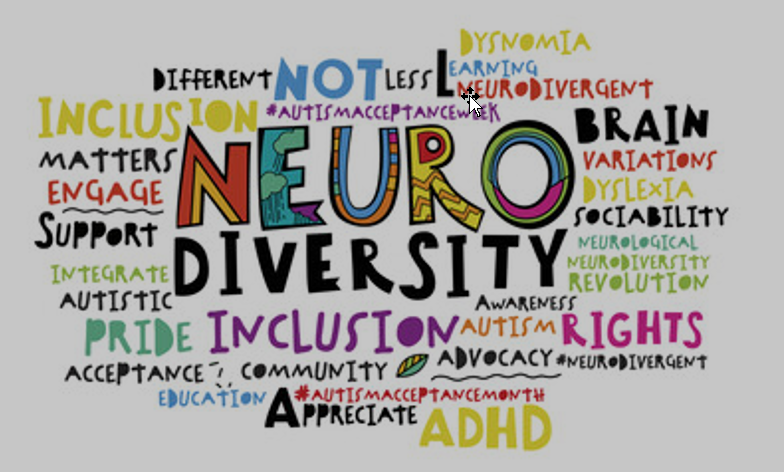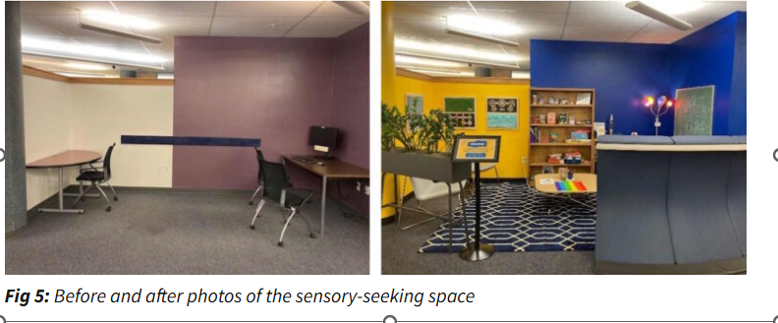Reflections on Infinite Learning
Infinite Learning
We are forever learning. There is not a space where we cannot learn something.
I have truly enjoyed this section. It took me outside of the box and let me see that learning is everywhere. Yes, I knew that, but I saw it in a different light through these 3 Infinite Learning modules.
Here are a couple of statements that jumped out at me:
“We will continue to adapt and become what our patrons need, modifying our physical and online spaces accordingly” (Stephens, 2016, p. 119).
“Librarians are facilitators of learning” (Stephens, 2016, p. 120).
We are “learning experience curators” and “engagement developers” (Stephens, 2016, p 121).
“Library, a people’s university” (Stephens, 2014, p. 3).
“We will be community learning connectors to support everyone on platforms that offer endless opportunities” (Stephens, 2014, p. 16).
“Libraries create and facilitate connections” (Stephens, Module 12, Slide 3)
“Learning by every means possible” (Stephens, Module 12, Slide ? audio statement).
The one area I would like to expound upon is the Sensory Spaces. There are so many people, children and adults alike, with sensory issues. There are sensory issues with feel, touch (they are different), smell, sight, sound, and taste.
All the statements above feed into the Sensory Safe Places Atmosphere we need to create for our patrons. The more the needs, the more we need to find creative ways to meet them. I thought the idea was new, but here we are, eight years after the idea was given birth (2018) and implemented for the first time in a university library (Frank, 2025).
There are two kinds of sensory environments needed (I think it would even need to be two completely different spaces), and these are not just for kids. One area is for high-sensory needs which would require bright colors, different kinds of fidget toys, interactive components, and floor seating among other creative seating options. The other area is for low-sensory needs with quiet spaces, dimmable lighting, muted smells, and peaceful visual components (Frank, 2025).

https://aldinhe.ac.uk/wp-content/uploads/2024/05/EVENT.jpg
For a library user or even a family member with a neurodivergent user, it is hard to go out and find a safe place for self or loved ones among others (n.d. Library sensory room blog). How much more difficult for someone going to a university or teaching at a university who is neurodivergent? Since the library is meant to be a safe place for all people, it makes sense that they would also make a space for those with sensory needs.
This was implemented at the Montana State University Library in 2023 (it was proposed in 2018 but took years to be implemented) on the first floor in an open space corner.

Included were a
- Large bookshelf
- low table with power outlets
- two chairs
- two wobble stools
- large rug
- floor lamp
- three 24-inch sensory wall panels
- chalkboard, chalk, and erasers
- coloring books, colored pencils, and markers
- pop-it fidget
- two lap desks
- approximately 20 board and card games
- Lego bin
- disinfecting wipes
- feedback box
- Floor cushions
- bean bag chair
- sensory bin of dry beans (for running hands through)
- earplugs
- signage promoting noise-cancelling headphones for checkout (Frank, 2025)
Isn’t it amazing how they fit all this into the small space? It looks so inviting. They did find issues and had recommendations or suggestions for a better way of using the space or rather finding another space to use for a better implementation for its neurodivergent patrons (Frank, 2025).
Having a neurodivergent child, I see and feel the need for such spaces. It was hard taking my child out in public when she was little, and now, since the sensory issues have evolved or expanded in her teen years, we have learned how to adapt. We know places we cannot take her. We have never had the privilege of experiencing a sensory room anywhere but at the Oklahoma City Science Museum, which is a new development there as well. I hope more places invest in Sensory Learning Places.
Resources
n.d. https://funandfunction.com/blog/library-sensory-rooms
(2018) Sensory Space at Marsden Library. YouTube. https://youtu.be/eDp-VBYtd7g?si=-Mt4cDVsRut7yqTQ
Frank, J. L. (2025, June 24). Making room for everyone: A practical guide to creating sensory spaces in libraries. The Journal of Creative Learning Practice. https://creativelibrarypractice.org/2025/06/24/making-room-for-everyone/
Stephens, M. (2016). Heart of librarianship. ALA, 119-121.
Stephens, M. (2014). Making the case for the library as space for infinite learning. YLibrary?
Stephens, M. (2025) Infinite Learning – Module 6, 11, 12 [Google Drive Slides] WordPress.
2 Comments
Ali Ongaro
Hi Maria, great post! I like that you pointed out the need for both low-sensory needs and high-sensory needs. It’s important to disinguish the two. I agree that the spaces would need to be two different spaces, it would be hard to combo those together. The image you chose for your post was a nice visual in explaining how a space like this would be set up 🙂
@jlindberg
Wow! I really appreciate you bringing this specific learning environment to light. I love that you said “The more the needs, the more we need to find creative ways to meet them.” — so true! I work in a school and the staff are always putting student needs first, but it can be difficult to create spaces in a phycically limited building that can still accommodate so many different needs. I love your examples and visuals, and would be really curious to bring this concept to my colleagues to see what similar creative designs we could come up with for our community of kiddos. Thank you for sharing!